Is phantom power a term you have been hearing a lot lately?
Regardless of if you are trying to hook up a condenser microphone to your computer for the first time, or a seasoned pro, phantom power is something that we need from a very early stage in our careers making records.
I can’t begin to tell you how many awkward situations I got myself into just for the lack of this common feature. Just so you won’t make the same mistakes I did, I put this guide together in order to spread the knowledge.
Setting up ANY condenser microphone with phantom power is the skill you’ll have by the end of this article. Are you ready? Let’s go!
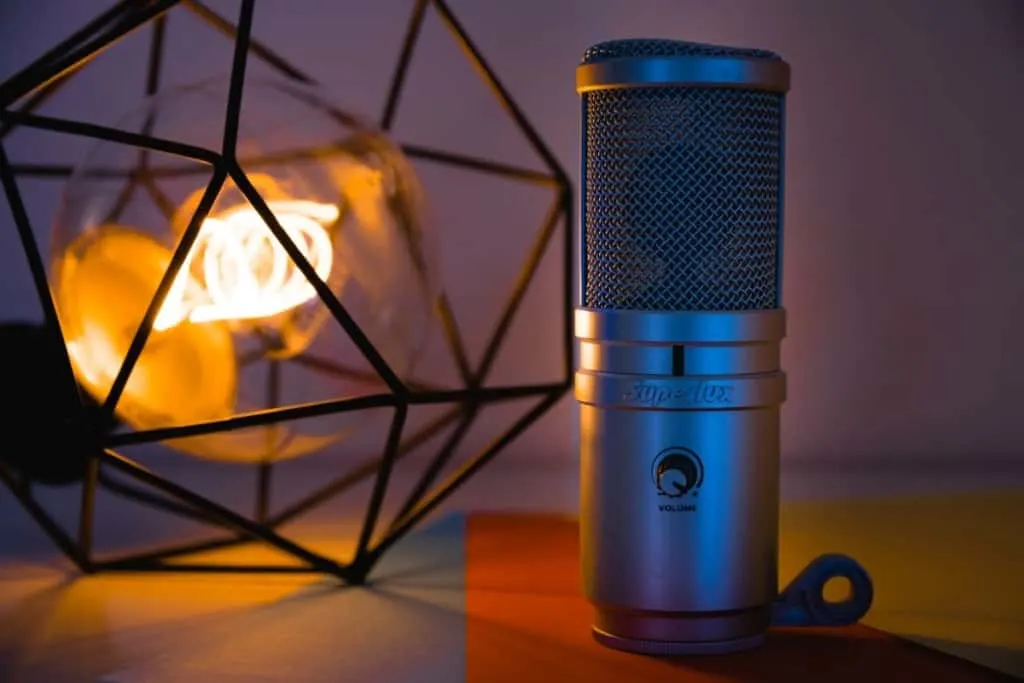
What Is Phantom Power?
Let’s start from the beginning and review some facts real quick.
If you ever wondered what phantom power actually is, the answer to that question could be electrical power traveling through the XLR microphone cable (in most cases) and reaching the condenser microphone.
Once there, the electrical current amplifies the sound coming out of the capsule making it usable in a recording studio.
- If it wasn’t for phantom power, the gain of a condenser would be lower than that of a dynamic microphone.
Mostly phantom power is 48 volts and you might encounter the switch to power it on labeled as “48v” or just “phantom power”
I have written an article on phantom power. You can read it here.
Does Phantom Power Damage Other Microphones?
This is a very common myth you’ll hear because of an old problem with the early models of ribbon microphones.
Ribbon technology can be traced back to the beginning of the previous century. It works with a very thin sheet of metal between two magnets. Many of these microphones in the old days didn’t have an internal transformer.
If you hit one of these very rare and old ribbon microphones with phantom power you can destroy it. Luckily, hitting any other microphone with those 48v will not do anything to it; including modern ribbon microphones.
Take a look at my article on ribbon microphones here.
Large Diaphragm VS Small Diaphragm Microphones
Visually, these two kinds of condenser microphones are very different, but for those who are not familiar with them, they might sound similar. Do both of them need to be run with phantom power? The answer is absolutely yes.
Can I Power More Than One Condenser Microphone At The Same Time?
What happens if I plug two condenser microphones (perhaps a large diaphragm and a small diaphragm to capture a singer-songwriter playing and singing) to the same mixing console? Will it give phantom power to both? As long as it has two XLR inputs, it will power both microphones.
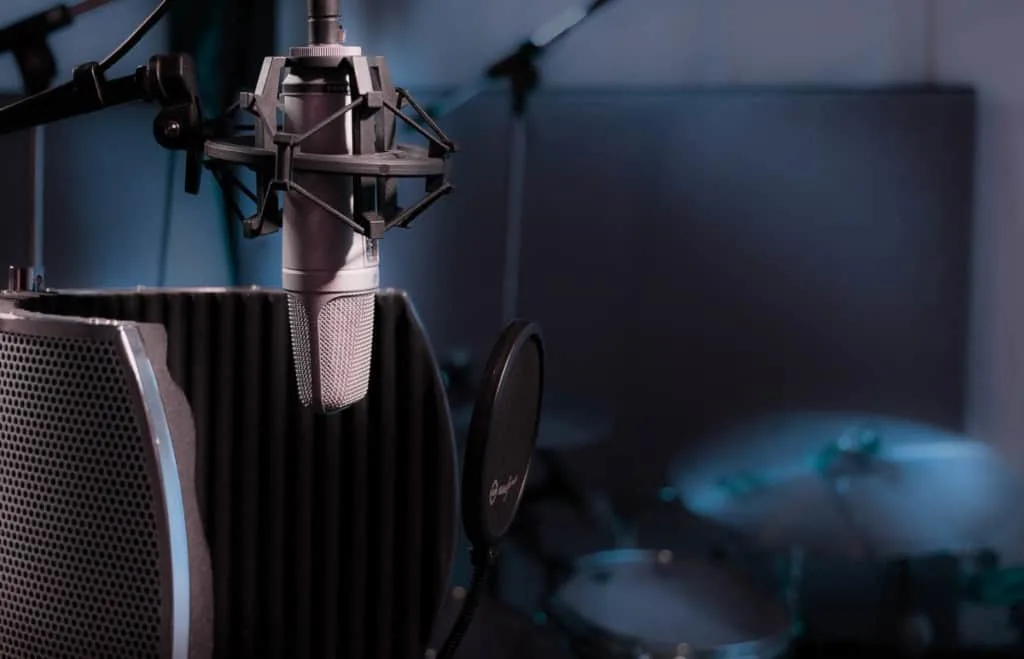
Can I Just Use A Dynamic Microphone?
Well, this is a very good question to ask at this moment. Why, if it’s so much of a hassle don’t we just go for dynamic microphones that don’t require phantom power and get it over with?
Well, the answer to that question is very simple: they don’t sound the same. In fact, they don’t even have the same amount of gain. If you were to capture a quiet sound source utilizing a dynamic microphone you would have to really crank it. Some of these might be the consequences to the mix of using dynamics instead of condensers:
· Noises – Ambient noises that are hardly perceptible get hugely amplified when you compress and increase the volume of a track. I know what you are thinking, but fixing your vocal noises with an EQ is an epic fail that might even damage the end result (and your reputation).
· Losing the warmth – Voices on dynamic microphones tend to sound thin and lack presence on the lower registers. Well, if you are thinking about boosting frequencies with your EQ later on, you’ll pick up all sorts of stuff except for a decent low end for those vocals.
I have written an article on the differences between dynamic and condenser microphones. You can find it here.
Best Phantom Power Sources For Your Condenser Microphone
Now that you are aware of what phantom power is and how it works, it’s time to go fetch your phantom power sources.
- Remember you need phantom power with all types of condenser microphone
Audio Interface
For home studio owners this is the most common way of feeding phantom power to your microphone.
A good audio interface is much more than just a provider of phantom power; that is not the reason why you should buy one of these. Audio interfaces will translate analog into digital and allow you to convert any PC in the world into a home studio.
Most audio interfaces provide either one or more XLR inputs featuring a preamp (some better than others) and phantom power.
My Choice
If I were as lucky as you are and started my musical journey in this day and age, I would definitely buy a Focusrite Scarlett Solo. It has everything you need to get started in this beautiful world of music recording. Plus, if you buy it brand new, it also comes with free bundled software to cover all your basic needs.
Back when I started, affording a laptop computer was an extreme luxury. Having an audio interface you could take with you in your backpack was unthinkable. You are very lucky.
- I have written an article all about getting started with audio interfaces. You can read it here.
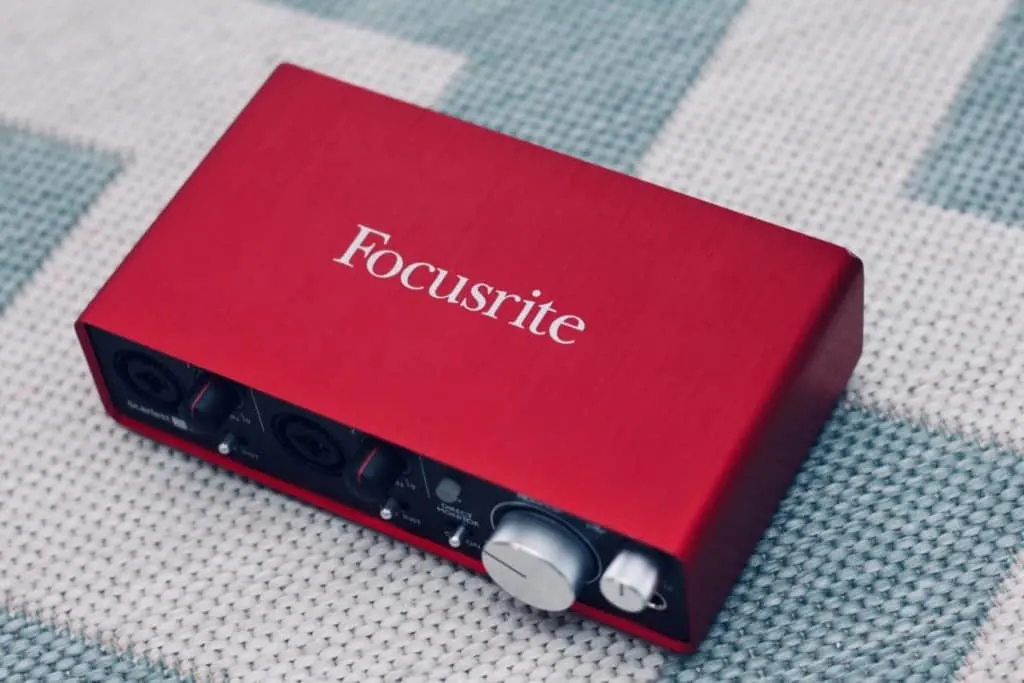
Mixers
The second most common way to give phantom power to a hungry condenser is to go through a mixer or mixing console.
The other great thing about mixing consoles is that they allow you to do a lot of things with the audio besides the basic volume up and down. You can, for example, learn the fine art of equalizing a live mix with index and thumb and train your ears a lot in the way too.
Finally, you have the ability to power more than one condenser or plug in more than one audio source. For example, if you are a podcaster you can do a live show hooking up external music sources, more than one microphone, and making decisions on the fly.
My Choice
My pick, in this case, is the Mackie Mix8. Mackie is one of the biggest names in the world in audio and this small, portable, and this super useful mixer does justice to its heritage in a tiny, inexpensive package.
You get a main out, a dedicated headphone level (super useful for the click when recording), two XLR inputs, and phantom power among many other features.
One thing you have to know about Mackie, in general, is that they are built like a tank.
External Phantom Power Supply
Finally, this is something that can never be absent in your studio.
For the price, you absolutely need to get one of these.
What is a case scenario you might need it?
For example, if you happen to have a USB-powered audio interface like, let’s say the amazing Apollo Twin Duo and you have very good headphones at a reasonable level, your condenser is going to stay hungry.
Dividing power from the USB connection to power the interface and the condenser might lower the quality of your recordings because instead of 48v, your microphone could be getting less while power is routed towards speakers or headphones.
You can solve that with an inexpensive external phantom power supply. I have one in my backpack at all times and if I ever work with a USB-powered audio interface I just use it for the main vocal mic.
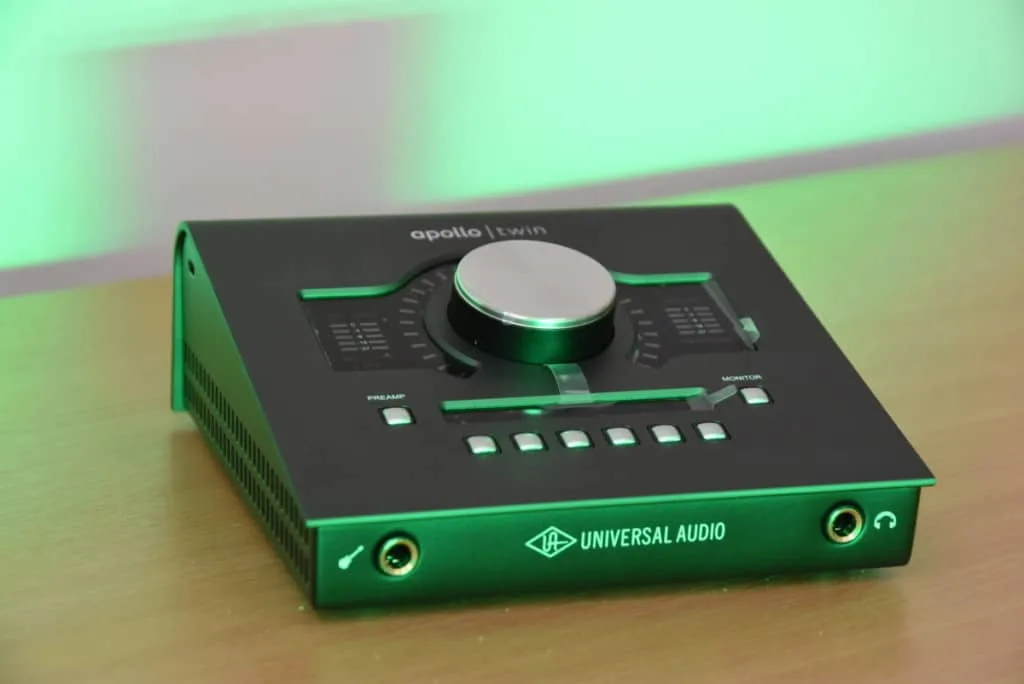
My Choice
I am going to go for Mackie again because I just think their products are so sturdy they can handle the road.
I go out a lot doing field recordings and carrying a Mackie M48 is great because it can even run on batteries.
This way I won’t even have to bother looking for an electrical socket. If you ever consider working in the super fun world of movie audio, an M48 in your backpack ready to go at all times can save an entire day of shooting (and turn you into the hero of the day).
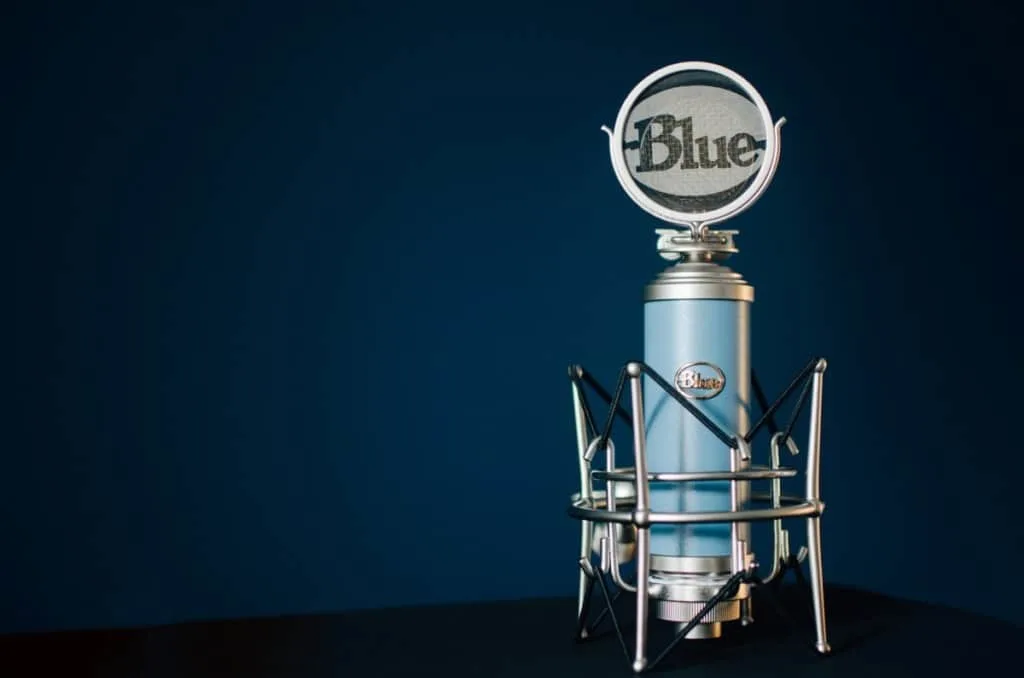
Nail Two Categories With One Purchase: Get A Preamp
So, now that we are talking about providing phantom power to a condenser microphone with an external source, why don’t you just get a preamp and solve two problems at once?
Having an external preamp can allow you to dial in a sound you like regardless of the place you are working.
Maybe the band hired you and rented a studio that has a mixing console you don’t like because the preamps sound harsh. Well, get a preamp and your best large-diaphragm vocal microphone into a backpack and do the magic anywhere sounding consistently good.
My Choice
My pick is by an old brand that was utterly famous and Avant grade in the eighties called ART (Applied Research and Technology). They made the worst-looking, best-sounding pedalboards among other rack gear back in the day.
Their Studio V3 Tube preamp is a wonderful way of coloring the sound in a musical way and also feeding that phantom power your condenser mic was needing.
The voicing knob is such a great addition that will allow you to dial in almost anything you want to plug into it. Another must for my backpack.
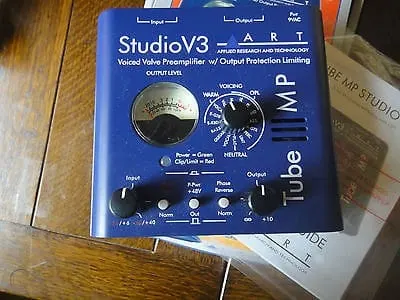
Conclusion
If you are going to be recording audio, you are going to need phantom power. It is a fact. To me, the best way to do it is to get an external source that also works as a preamp.
Once you have mastered that preamp, you’ll find yourself automatizing many of the vocal processing for all projects and saving lots of time. Besides, you won’t be draining precious USB power from your audio interface.
I would highly recommend using a shock mount with your condenser microphone. You can read more about them here.
Don’t overlook the training of your ears; working with preamps is being one step closer to achieving pro-sounding vocals. If vocals sound superb, chances are the track will sound great too.
Happy (phantom powered) recording!
